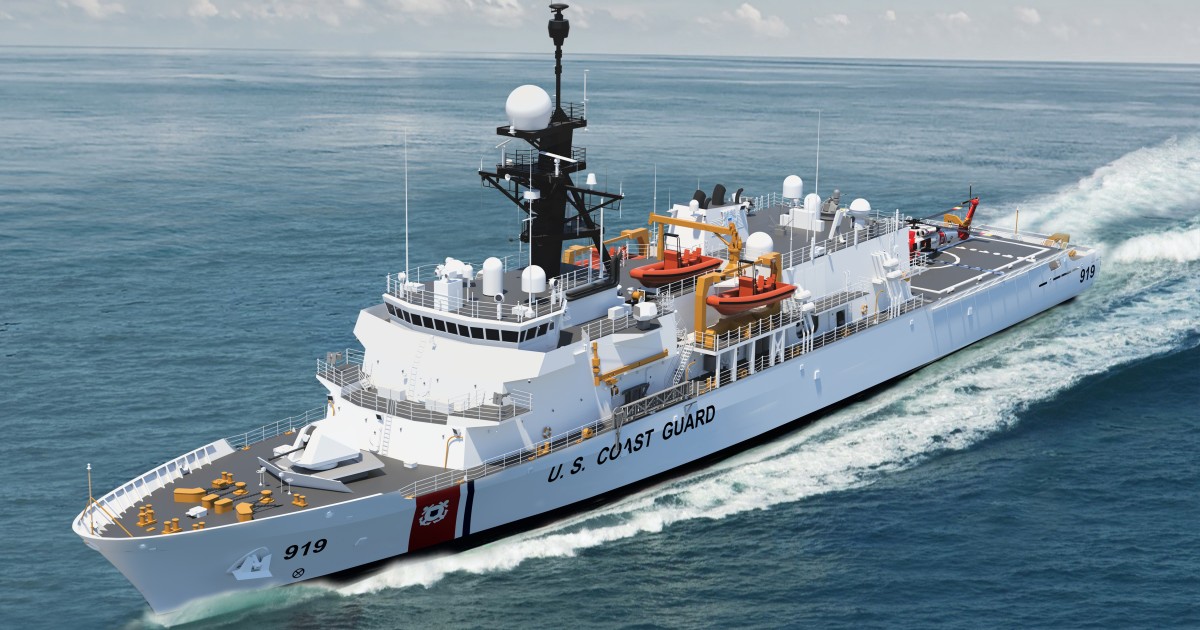25 knots (almost double the speed)
Good range
Better sea keeping
Max 40 pers crew with extra bunks (10ish?)
If you were to pull kit off of the CPF, I would look at the AMB radar (not the Smart S), the one Fire Control radar, 56mm (with different magazine feed system to account for the smaller ship) and two RWS for the 50 cals though that might be more trouble then it's worth. And of course the nav system and enough CMS guts.
I would consider RAM instead of a VLS Two 30mm Lionfish for CSC commonality.
Payload deck for TRAPS, other containerized systems, CMS backbone for easy integration of weapon systems,
Thses ships are going to be tangling with USV suicide boats in their future. They need the speed, maneuverability and guns to break away and cover fire. And same for UAV attacks.
Now can that be done with 40 pers crew?


